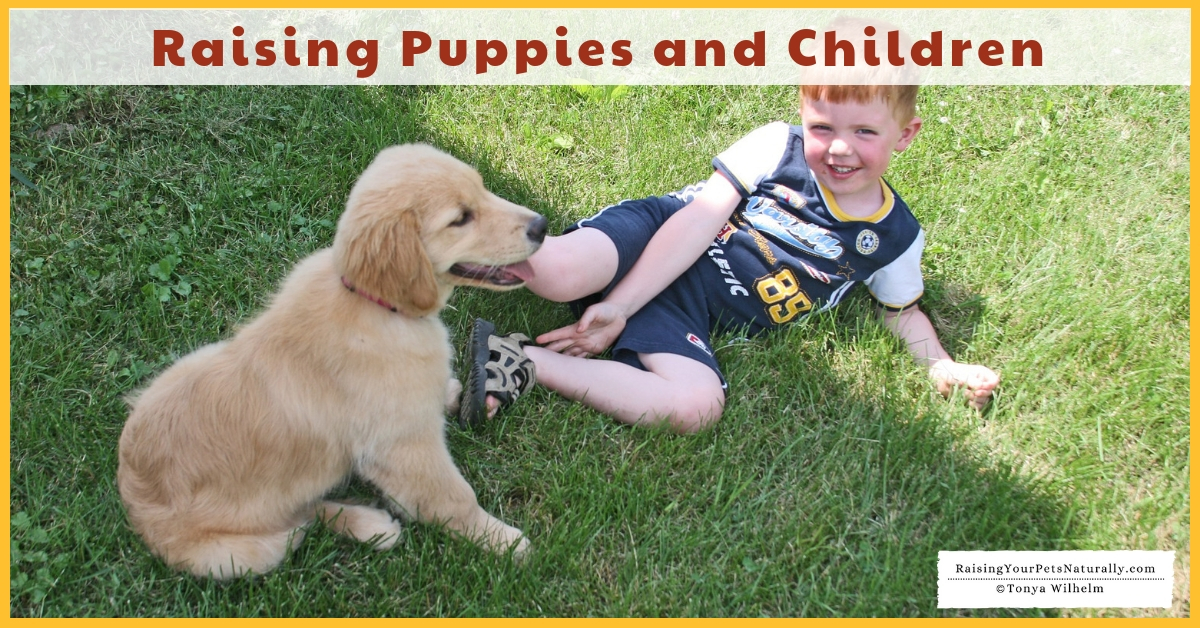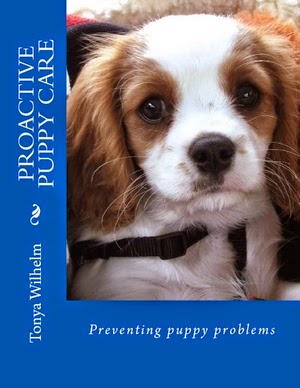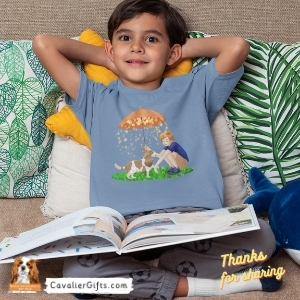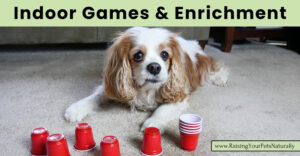
Training a Puppy with Children and Kids

Puppies And Children Two of my personal favorite things in life are dogs and children. I know that some of you may think I am nuts, but I truly adore a good relationship between these two playful creatures. A relationship with the family dog can be one of our fondest memories as a child; I know it was mine. But it can also be a memory of stress, anxiety, injury, or even fatality. Dogs are after all, very strong predators with razor-sharp teeth. If you have children, it is crucial to teach both your puppy and your children how to properly and safely interact with each other. If you do not have children, it is still important to teach your puppy these skills.
Just because your puppy is brought up with children does not mean that your puppy will behave around them, enjoy their company, or love all children. If your puppy has what he views as bad experiences with children (scary running, screaming, pulling his ears, hugging him, taking his toys), he can easily resent them and even become a danger to your children. Raising puppies and children together is a big responsibility on your part. I do want to repeat that: a big responsibility on your part. Once you decided to bring a puppy into your household, you are accountable for that puppy’s life and his behavior, and this should not be taken lightly. In 2013, family dogs consisted of 47% of all fatal dog attacks. 78% of those attacks happened on the dog owner’s property. 56% of the fatality victims were children under seven years of age.
Active supervision and being proactive is a must. Actively supervising your puppy and children means that you are engaging and interacting with both. This means helping your child properly pet your puppy, teaching your child and puppy how to safely and appropriately play together, or teaching them to do tricks with each other. Actively supervising means you are hands on, not sitting in a chair belting out commands.
If you are not able to be hands on, then you should be proactive in using a management tool. Children who need to be told what to do or not do, over and over again, are not mature enough to have unsupervised access to the puppy. There is no magic age; it truly is about your child’s reliability and your puppy’s behavior. You can use management tools to keep your children and puppy separated. Items like baby gates, crates, and closed doors are perfect in these situations.
Watch the kids and dogs video below and don’t forget to subscribe to the vlog!
Children and puppy guidelines to get you started.
- Being Gentle, Calm and Kind-Teaching your children to be kind and gentle can go a long way in the success of a harmonious household. The same holds true for your puppy. Teaching your puppy to take treats nicely, keep four on the floor and not to be rowdy around your children leads to a more successful relationship. Remember, you will be actively supervising and engaging the two, so you will be able to teach both how to interact properly with each other.
- Training-Involve your children in some of the puppy training, once your puppy understands a cue. For example, once you have taught your puppy to sit on cue, work with your child on teaching the puppy to sit on cue for them. The same goes for other behaviors and tricks such as down, stay, spin and touch. This allows two things to happen. One, your child is appropriately interacting with the puppy; and two, the puppy is learning to listen and follow cues from your child.
- Play-Teaching your child and puppy how to play together appropriately is important. Once again you have two creatures with a high play drive, and you want to ensure both of their safety. Rowdy games are not appropriate for children and dogs to play together. Instead, you want to teach calm and cooperative games such as fetch, find the toy, and toy challenge.
- Going For A Walk-Going for an outside walk is definitely a family adventure. Even if your children are old enough that they do not need active supervision, so much can happen out in public. First, your puppy can become excited and slip through your child’s hands and get lost, or worse, killed by a car. Second, a lot of people do not abide by leash laws, and their dogs are not always dog-friendly. I have personally known two children who ran into this situation and the outcome was very traumatic. Instead of risking the unforeseen, use this walk as a family bonding opportunity where you accompany your child.
- Do Not Pick Up the Puppy-Do not allow your child, or anyone else for that matter, to pick up your puppy. First, many people pick puppies up incorrectly by their front legs or arms and can severely injury the puppy. Second, a puppy can get squirmy or mouthy, and people have been known just to let go and drop the puppy. Third, puppies can be scared of the approach, lift up, or height.
- Do Not Bother the Puppy-You should teach your children to leave the puppy alone when he is eating, sleeping, chewing or in his crate. These are not times for your child to try to engage your puppy in activity.
- Safety Zones-To increase your chances of a successful integration of your puppy and children, set up puppy-free zones and kid-free zones. In other words, places in your home that your children can be kids and run around, leave toys on the floor, scream and be a kid where the puppy cannot enter. The same rule goes for the puppy: He also gets a place where he can rest or retreat that children will not bother him. One of the ways you can accomplish this is by utilizing baby gates. If your child’s room is a dog free room, place a swinging baby gate on the door so your child can enter and your puppy cannot. If your puppy’s kid free space is the laundry room with his crate and water dish, teach your children not to enter that room when your puppy is there. Remember to remind your children continually about the Do Not Bother the Puppy rule.
- Your Children’s Friends-Please keep in mind that these tips are promoting active supervision. This is doubly true when you have other kids over. There is no room for error when you are talking about the safety of children. Depending on the friend, sometimes it is best to use an active management tool and not allow your puppy access to the friend. Each situation is different, and you should always err on the side of caution.
For those people who do not have their own children, it is important to work actively on a socialization plan to introduce your puppy to a variety of children and age ranges. The same goes for parents with children. Your children are different than “strange” children. Keep in mind you want your puppy to enjoy the experience, so take it slow and do not rush into a crowd of screaming kids, look for quiet, friendly children playing at the playground. Ask their parents if it is okay to introduce your puppy. Review not jumping on how to keep your puppy’s four feet on the floor during greeting.
***Article from Proactive Puppy Care: Preventing Puppy Problems
Do you have a new puppy? Tell me in the comments.
Are you looking for even more ways to stay up to date with Raising Your Pets Naturally? Sign up for the newsletter for more tips and promotions. Don’t forget to be social and Like, Follow and Subscribe. Comments below are always welcome.
Facebook Twitter Pinterest Instagram YouTube
 |
 |
Google Adsense—>



